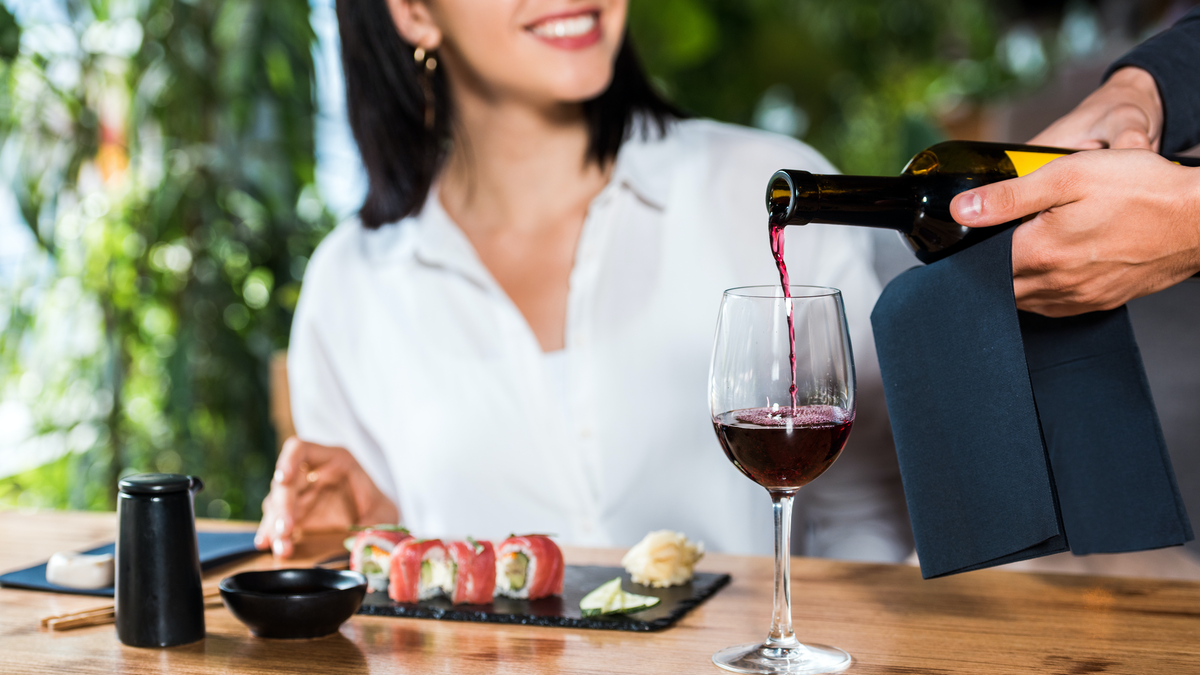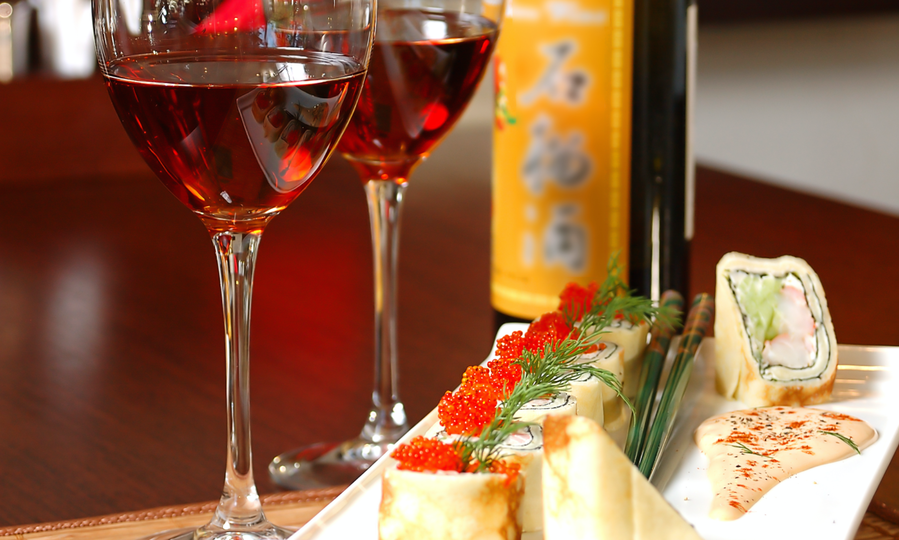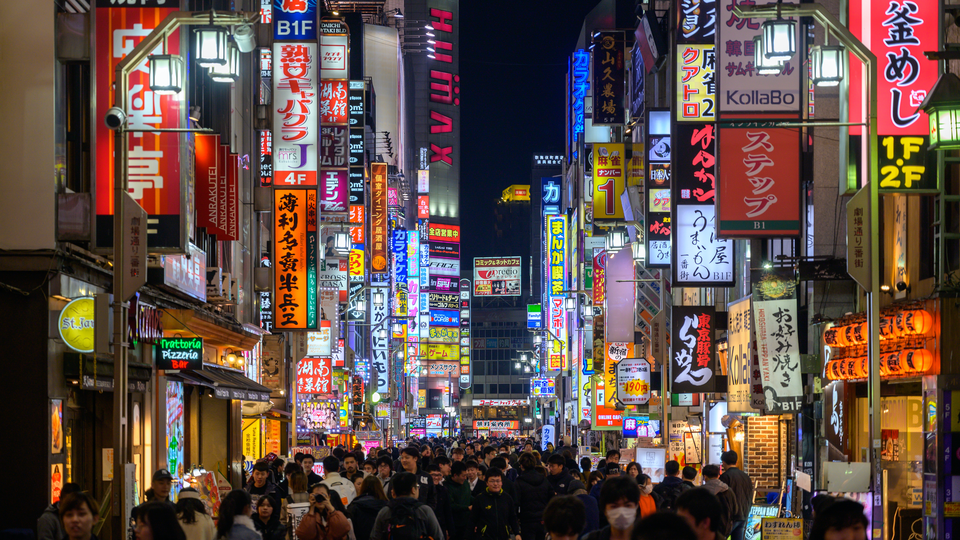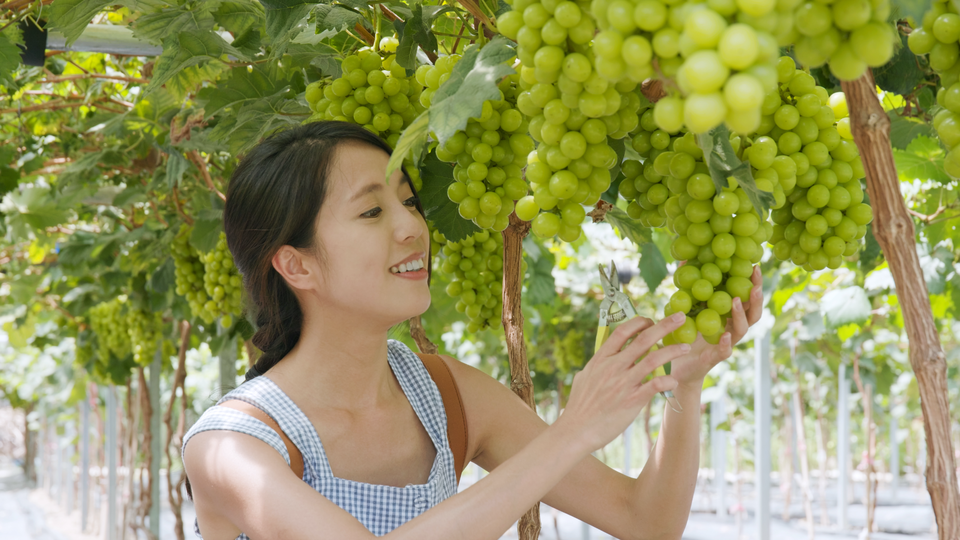Discover Japan's surprisingly vibrant wine scene
An explosion of urban wine bars is producing intriguing wine lists worth trying on your next visit.

If you believe everything you see on Instagram, you could be forgiven for thinking that the whole of Japan is drinking organic or ‘natural’ wine, and not much else.
The truth is quite different; yes, natural wine is having a moment, but visitors will also discover a vibrant and diverse industry matched by a thirst for drinking great wines and an enthusiasm for serving them.
Food at the fore
A lot of my wine-savvy friends visit Japan regularly with their own unique reasons and interests, yet there’s a common theme that emerges - Japan is a great place to explore if you’re into food.
Its wine culture has proven more elusive; great wine experiences are not only harder to find, but quite likely to be different in unexpected ways from what we are used to at home.
The intensity of Japanese cities is legendary, and the scale of modern life vastly more confronting than most foreigners are used to. Tokyo is the apogee of organised chaos and 24-hour consumption, and the wine scene in the capital, can be confusing to say the least. Do your homework, though, and you can find just about any flavour in the world of wine. It’s all there, but it’s not always easy to find. The biggest change in Japan has come about in the way wine is served and experienced. The wine bar as a place to experience, learn about and enjoy wine has really taken off in the last 10 years. Discreet and sometimes hidden places have opened up a new world of intimate, experiential and adventurous wine drinking in Japan, and it is a lot of fun to tap into. For many years I’ve viewed Japanese wine consumption as something that really had its roots in the international rather than local side of Japanese cities. Big hotels had good wine lists; beyond that, French restaurants served French wines, Italian restaurants served Italian wines and so forth. There wasn’t a proliferation of destinations to experience wine outside mainstream hotels and restaurants. Smaller, local izakaya-style places mostly served beer, sake and spirits, more recently craft-style shochu, and any wine list was typically very limited. You were most likely going to choose from a supermarket-shelf wine selection rather than a collection of anything interesting or good. But the cult of the small local wine bar has changed all this, and a night out drinking wine in most Japanese cities is now an experience on par with Paris, Melbourne or New York. Maybe better. Wine bars have appeared on the same intimate scale of the izakaya, and these operators have tapped into the psyche of the artisan with very personal style and presence in their micro-venues. There’s an advanced level of knowledge in play, with owner/operators and key staff essentially all skilled sommeliers. They pride themselves on securing rarities and collecting bottles like swap cards, often displaying the empties with as much pride as they handled them when full. Champagne has long occupied a special place in the hearts of Japanese wine lovers, and this continues to be the case today. Many of Champagne’s greatest producers, both small and large, sell a significant share of their production to the Japanese market. It is rich pickings in Japan if Champagne is your thing. ‘Big’ wines have always been a challenge for the sensitive and sophisticated Japanese palate. Instead, wines from places such as Beaujolais and Burgundy are particularly fawned over, as these represent the right weight and flavour profiles as well as ticking the boxes of cult appeal and, more recently, natural style. Organic wine has found strong favour in Japan and if you trawl through the most well-known destinations for natural wine in cities such as Tokyo, Kyoto, Osaka and Fukuoka, you’ll find many of the world’s most well-known new and natural producers are well represented, including those of Australia. The Aussie winemakers have also probably signed the walls of the wine cellar, as these makers are really venerated in Japan. Japan has long valued craftsmanship and authenticity, and natural wines have tapped this vein in a new generation of Japanese wine drinker who is looking for a new taste in wine as much as a new story and a new icon to adore. There’s also a strong, conscious movement in Japan – mirroring the wider Western world – towards choosing wine and food with good provenance. The back story is more important than the label and brand in these quarters, and natural wine fits neatly with this ethos. It is also a generational shift, in that the traditional side of wine was lost on a younger generation of drinkers. For these people the fun side of natural wine – often simpler wines that are just easy to drink and match with casual and delicate, soft food – is just plain fun and non-confronting. There’s a perceived sense of umami to many of these wine styles from a palate point of view, too. The other thing to watch out for in Japan is the developing space of domestic wine producers, and many more Japanese-grown wines being offered and poured. Domestic wine production there has long been locked up by larger companies (often breweries) and very little of interest was made until relatively recently. Artisan wine production is growing, and there’s a strong local interest in exploring Japanese wine. National pride runs high, and locals are really embracing these wines. Look out for pinot noir, chardonnay, pinot gris and merlot on wine lists. Cool-climate styles are at the heart of this new wine industry, and the possibilities are expanding rapidly as new plantings come into play. Even famous Burgundian winemakers such as Etienne de Montille have set up shop here knowing that if they get it right, there’s a lucrative long-term market that is willing to pay for quality. If you want to try these locally produced wines you’ll have to travel there, as the cost of production skews the price points of these wines way too high for export to other markets. For the foreseeable future, though, it doesn’t matter as these wines are still made in such tiny quantities that local demand reflects the rarity as much as the increasing quality. And there’s already a huge domestic thirst for these wines, so it’s going to be a while before we see them arrive in Australia.The rise of the wine bar
Skill level: advanced
Natural appeal
Domestic drops emerge




Hi Guest, join in the discussion on Discover Japan's surprisingly vibrant wine scene